A picture paints a thousand words – and the right photographs can amplify a brand’s coverage hugely. But when should you use photography, and what should you send? Read our five step guide to find out more:
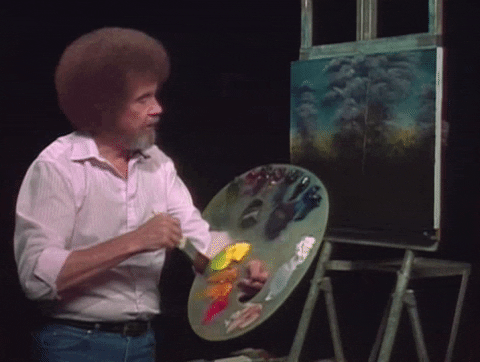
- Does your story lend itself to images?
We find that fun list-based research stories, especially around food and travel, can be boosted with a selection of relevant and engaging Instagram images, which work really well for online media. Using Insta snaps can really bring a story to life and give it a human element – and adds another layer of relevance to the research. It’s also a relatively easy way to source images, though permission must be sought from the account holders before sending them to the media. Here’s a campaign we ran for LNER, for which we ran the research and sourced images. https://gingercomms.coveragebook.com/b/f6e07598b3da45da
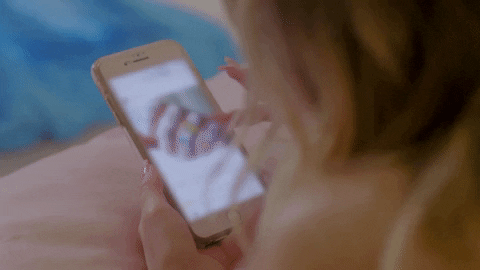
- Use high quality images, or skip them altogether
It’s important to use images that are high res and well shot – or else they’ll be going straight in the “bin” folder of every journalist’s inbox.
Avoid photos which are boring or low quality, too salesy looking or overbranded (more on this below).
![]()
- Use a professional shoot to create extra assets for your campaign
We often use Instagram images, but will do shoots if we think these will enhance a project and provide an extra layer of content. Using talent, if budget allows, can instantly put wings on your research story – and if the talent agrees to go out with the pics on their social media platforms, the story can play out on social as well as news media. Recently we worked with Denise Van Outen and her fiance Eddie Boxshall, to recreate classic show “The Good Life” to run with a research project for USwitch showing the ways Brits are adopting sustainable behaviour: https://gingercomms.coveragebook.com/b/e88efdc14ec1f2f4
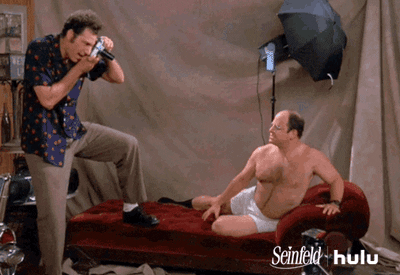
- Avoid too much branding
Nothing turns off a news journalist more than a brand heavy photo. Don’t splash your logo everywhere – in fact, why not be brave and not include it at all? Think about how often you see branded images in the news sections of media outlets. Branded/product shots can work well for other sections of lifestyle media, but it’s a no for news media – unless the story is a business story, or specifically about a product.
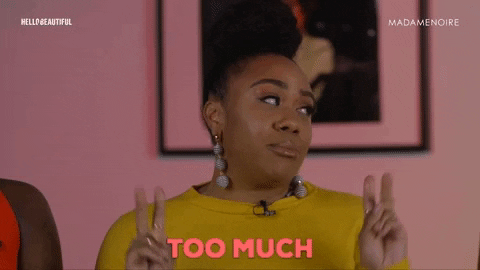
- Focus on images to secure online coverage
Do you want print or online coverage for your brand? If your heart is set on print pieces, images are less important, as papers often don’t have the space to include photographs. However online media has space aplenty, and so imagery can be a real asset – and if you provide it, then the journalist doesn’t have to source it. So for a travel piece, sending out stock images, either paid for or from a free photo site, can help you land online spreads.
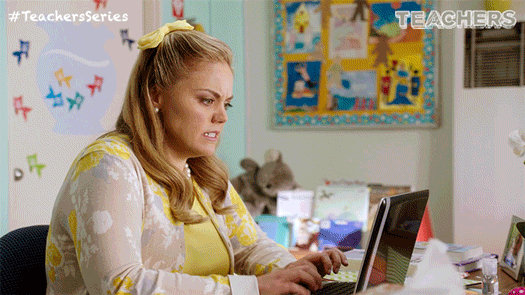
Want more advice on images? Chat to us at GingerComms and email unleash@gingercomms.com